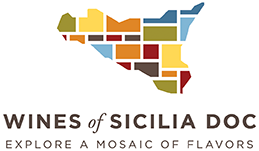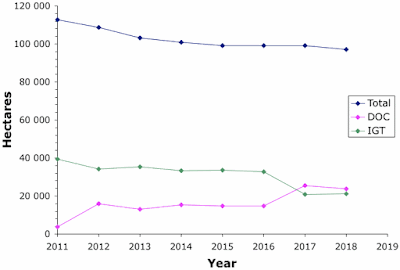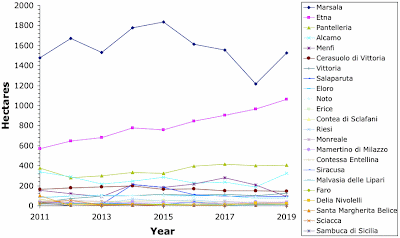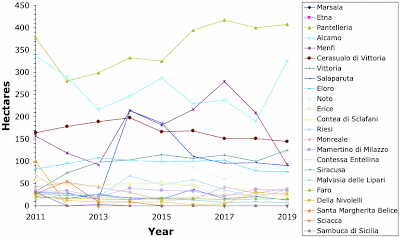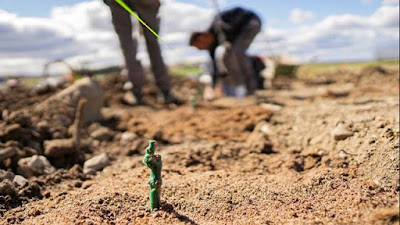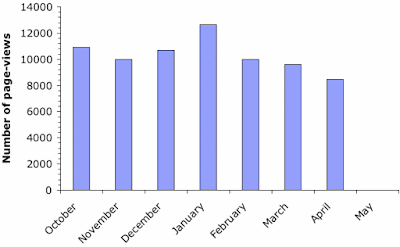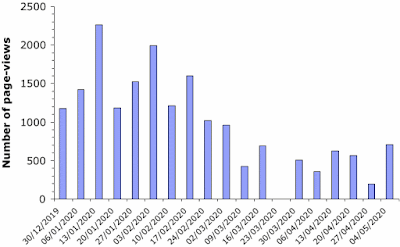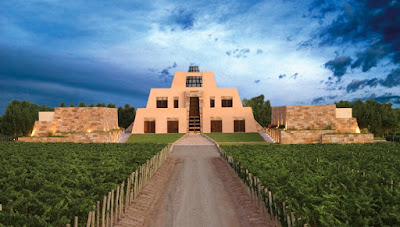Along with this reduction in grape-growing, however, there has been a move towards premium wine-making. This implies that the Sicilians are now focusing on growing grapes that allow them to make wines with a recognized provenance; and this has garnered increasing attention form the wine media. This is the subject of this post, based on information from the official Instituto Regionale Vino e dell’Olio, and their data for Superfici ed Uve a DO e IG rivendicate (2011-2019).
Within the Italian wine certification system, names are protected (not wines). You can make any wine you like, but if you want to use a particular wine name on the label, then you need to meet the (current) specified guidelines for that name. These include the grape varieties, area of origin of the grapes, and aspects of the wine-making style (notably minimum alcohol content). There are three high-quality designations recognized (in decreasing order):
- Denominazione di Origine Controllata e Garantita (DOCG)
- Denominazione di Origine Controllata (DOC)
- Indicazione Geografica Tipica (IGT)
So, the area used for making bulk wines is being reduced, but not the higher-quality stuff. In 2018, the Sicily DOCs produced the 7th largest volume of DOC wine in Italy, with 3.8% of the total (well behind Prosecco DOC, with 22.7%, since Prosecco is the biggest-selling Italian wine worldwide). The Sicily IGTs, on the other hand, produced the country’s biggest amount of IGT wine (12.3%), but only very slightly ahead of Veneto IGT. This compares with being dead last in price (€/liter) for bulk wines; so you can see why there is an interest in upgrading the quality. Something like 60% of Sicily’s vineyards are dedicated to the Cataratto variety (a white), which is used for making marsala in Sicily and vermouth in Italy’s north — it is this variety that is being reduced.
Note that the relative proportion of Sicily’s DOC and IGT designations has changed. The IGT designation was not much used before 2012 — this simply refers to wine from the grapes of a particular geographical area, rather than any particular wine style. In 2017, a lot of vineyards used for IGT wine were upgraded to DOC status, which indicates an interest in now using those grapes for a designated wine style. Indeed, the most popular IGT name is simply Terre Siciliane, indicating nothing more than that the grapes came from Sicily.
The following map will give you a (very) rough idea of where most of the DOC areas are located. The central upland areas of the island are used for grazing, but the coastal hills are popular gape-growing locations. The only relatively flattish area is in the south-west, which is also where most of the bulk-wine grapes originate.
If we now look at the changes in vineyard area through time for each of the DOC regions, we can see a fair bit of movement, although most of it is up and down, rather than consistently up or consistently down. The Sicilians are still trying to work out how best to market their wines, in terms of names.
The Marsala designation is the flattish area referred to above, with the DOC part currently occupying 9.2% of Sicily’s total vineyard area. The region has a checkered history, to put it mildly. The fortified wines have a lot of similarity to sherry, for good (and obvious) historical reason; and like sherry, the modern world has little idea of what to do with this collection of wine styles. At their best they can be superb, but they are rarely at their best; and they are usually sold as the cheapest possible aperitifs. Marco De Bartoli was the champion of tying to revive traditional Marsala wine-making, and his artisanal wines have had a lot of influence.
Interestingly, one of his best-known wines, Vecchio Samperi, cannot be marketed as DOC Marsala because it is not actually fortified, but achieves its high alcohol content naturally during solera aging. This is the irony of the DOC concept — even the best wines cannot use the style name if they don’t match the wine-making definition.
Moving on, the wines from around Mount Etna are the ones that have attracted most of the media attention over the past 15 years, and with ample justification. The vineyard area has increased 187% since 2011, and is now even challenging Marsala as Sicily’s biggest area. However, once again we meet a limitation of the DOC system. Some of the better vineyards, especially at the highest altitudes, are outside the defined DOC boundary, and so their wines cannot currently be labeled with the DOC Etna banner. This will presumably be corrected officially.
The Etna reds are the best known, being made from Nerello Mascalese and Nerello cappuccio. Oddly, these varieties make uninteresting wine almost everywhere else except near Etna, which adds to their caché (the neighboring DOC Faro is also made from these varieties; see Unlikely greatness: Palari Faro). Note that to meet the DOC Etna Rosso designation the wine is usually made from both grape types; otherwise the wine will likely be released under the IGT Sicilia banner. The white wines can be made from a number of varieties, although Carricante is required for the DOC Etna Bianco label (minimum 60% for the regular stuff, but 80% for the Superiore label).
To look at the other DOC regions, we need to edit the graph to exclude the above two areas; and the result is shown in the final graph.
Pantelleria is a small island off the south-west coast of Sicily; indeed it is actually closer to Africa than to Sicily. It specializes in sweet wines made by the passito (air-dried) method; and these can rival those of any similar wine-making region. It looks like it is doing well viticulturally (8% increase in vineyards since 2011). However, it is an unusual DOC, because the name does not mandate that the wine must be made locally (on the island). This is because most of the wine is actually made by larger companies elsewhere in Sicily. This makes it very hard for the locals to make any headway in the market, the way Marco De Bartoli did for Marsala, by producing interesting artisanal wines.
As mentioned, Cerasuolo di Vittoria is the only DOCG in Sicily. It has experienced a slow decline, now having only 75% of its 2014 vineyard area. The red wine is a unique blend of Nero d’Avola and Frappato grapes; and both of these are often also released as varietal wines on their own, under the Vittoria DOC banner. Indeed, Nero d’Avola is often treated as Sicily’s most important indigenous grape variety, so that its wines are likely to be the ones most commonly encountered.
Three other (smaller) DOCs have had their ups and downs (Alcamo, Menfi, Salaparuta), which may not bode well for their future. Most of the others have remained fairly constant, with only small vineyard areas. None of these DOCs are well known, even among Sicily aficionados.
You can find out more about these regions, and their varieties, at the Italian Wine Central page about Sicilia.
Footnote
Today is the 4th anniversary of this blog.

